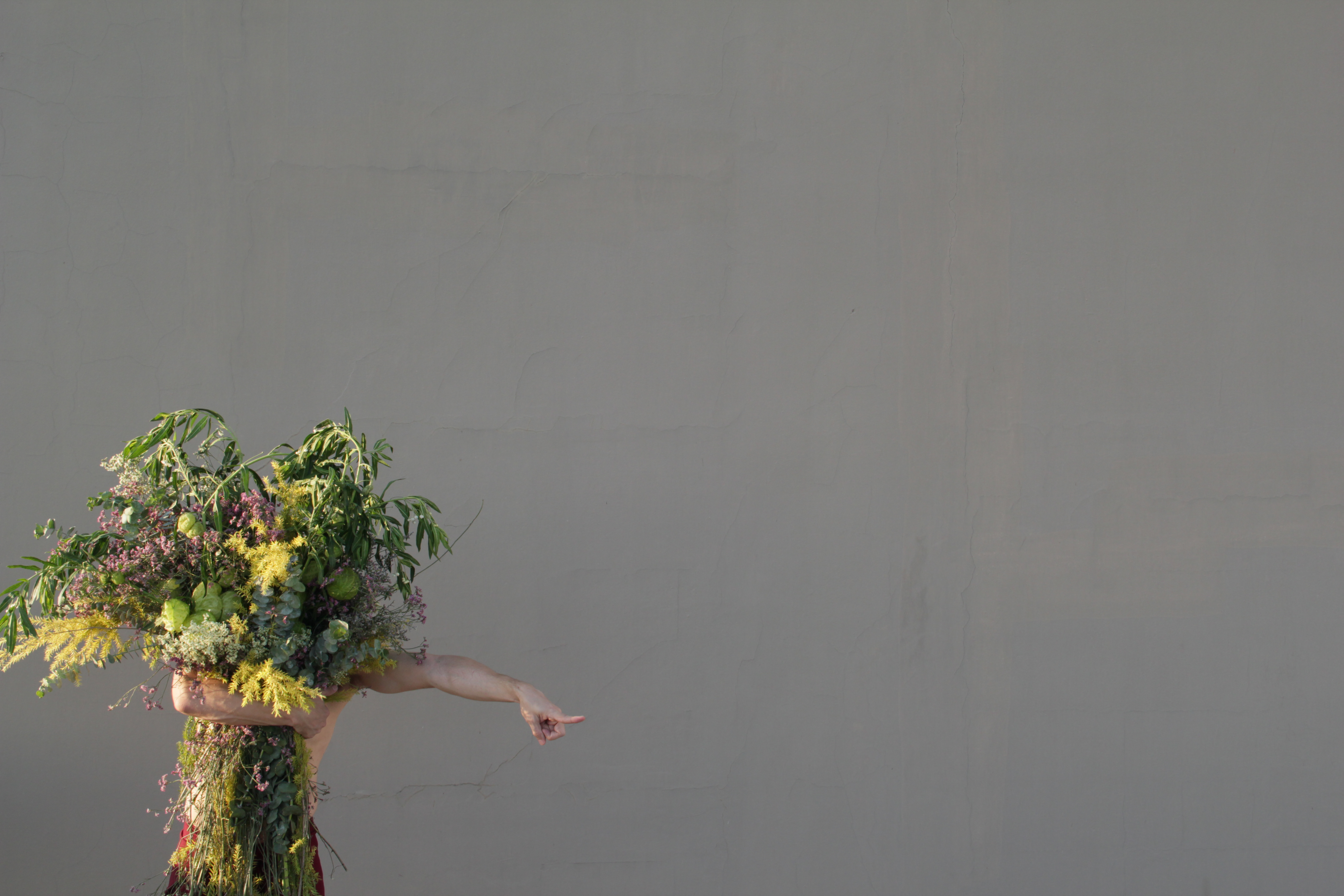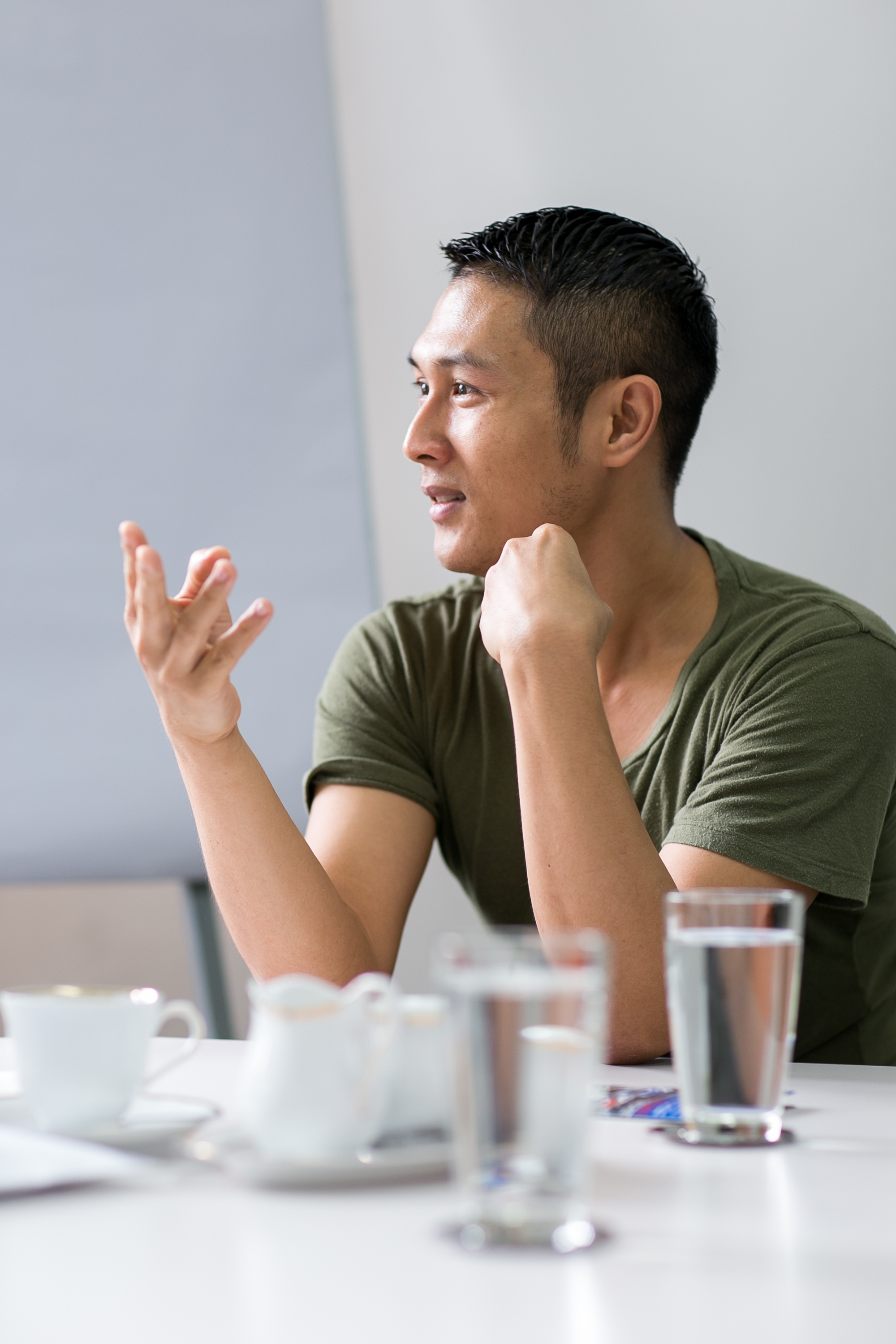AAT: Can you tell us about your background? How did you get into dance as an art form?
I was studied and graduated at Chulalongkorn University with a degree in chemical engineering and no prior performance experience become one of the country’s renowned dancer and choreographer. As a university student I started to take dance courses whenever I had free time. Since I’d seen live performances by a dance troupe from Belgium and Italy that I really wanted to pursue dance as a career. I have received a scholarship from the Jean M Wong School of Ballet, Hong Kong, followed by another from the Ailey School in New York. After accumulating experience as a professional dancer and working with international choreographers and directors, I finally established my own 18 Monkeys Dance Theatre in 2010 and directing Unfolding Kafka Festival

2. Who are some of your influences as an artist and a Thinker? Can you tell us more about the Unfolding Kafka Festival specifically.
As for my creation and choreography influences, I find inspiration from works of visual artists that depict striking images, including Berlinde De Bruyckere’s sculptures, Louise Bourgeois’ art installations and Pablo Picasso’s cubist paintings. I am especially intrigued by the abstract architecture of the bare human bodies in De Bruyckere’s and Bourgeois’ work, which still resemble natural human positions. Hence, I use this inspiration to design shapes and positions of the dancers’ bodies, both individually and with one another. Similarly, the rearrangement of objects and bodies to produce a cohesive depiction in cubism stimulates me to experiment with creating distorted images, including headless bodies. These art works guide me to achieve similar effects of creating peculiar images within my choreography that may trigger various feelings and associations in the audience. In the same way of a sculpture, I often think of the performers as moving sculptures where their movements, positions and lines need to be interesting from any point of view around 360 degree at all time. I aim to create performances with a very strong visual, which often blurs the line between visual and performing arts
Unfolding Kafka Festival has served as a platform for a worldwide appeal in outstanding contemporary art since 2015. I am dig into the wild side of Kafka’s animal and crossbreed characters to release them from the ordered world. The grotesque universe of Kafka blurs the line between human and non-human by allowing us to reflect on the otherness through humanised creatures. Similarly, artists have been inspired by the animal aesthetic and movements to mirror our own existential dilemmas. Furthermore, since the environment affects our perception, the festival encourages you to appreciate various intensive, moving and learning art experiences in encounter with unusual atmosphere, through unexpected tangible or conceptual layers to question the relationship between the subject’s gaze and the object in the same way humans look at animals in a zoo differs from observing them in the wild. Thus, Jitti’s latest project “KAFKA ZOO” proposes you a unique landscape of conceptual works with a strong visual and an untamed wilderness to create a dialogue about societal issues like identity and gender through animalism and daring points of view.

Presenting a dance in unusual spaces away from the traditional theatre stage is a concrete way to get people more engaged in the projects. It allows them to experience arts in a more personal way, and to allow the audience to engage with the performers in a very personal manner since every audience members will be sitting close to the performance and in a stage. My pieces play with both recognition, strangeness and may evoke various meanings such as hidden feelings lurked within every human. At first sight, the performance can appear as something captivating to contemplate and it slowly transforms to be a landscape where we find ourselves to live in.
I also think Architecture at its pinnacled form can be considered as a monumental artwork. When one enters into a polished and well designed space, that person is filled, often unconsciously, with some kind of emotion conveyed by the specific combination of shapes, textures, colors, light & shadow of the space, in the same way as someone experiences the view of an art piece in a museum or traditional stage. Thus, it is the premise of mine use architecture and various forms of space as a canvas for creations.
4. Do you feel like you have the freedom to create whatever art interests you or do you as an artist have to always focus on building your audience?

5. How does the erotic or sex express itself in your work.

6. Lastly, what are some ways that you see dance or movement being part of everyday life? Beyond the artistic how can dance help us better understand ourselves and the world?
Well, I myself do not see that dance has to be part of everyday life. It is a personal LIKE or activity But Movements are our part of every day life if you still survive and breath.
I believe that when art or dance are accessible and relevant, it can contribute to gradually transform society by questioning our understanding of the past, but also by revealing a raw vision of the essence of humanity and by connecting people to their contemporary reality.

For more information on the art and artists of Bangkok get in touch through our contact form or feel free to email us directly: Matt@asiaarttours.com
